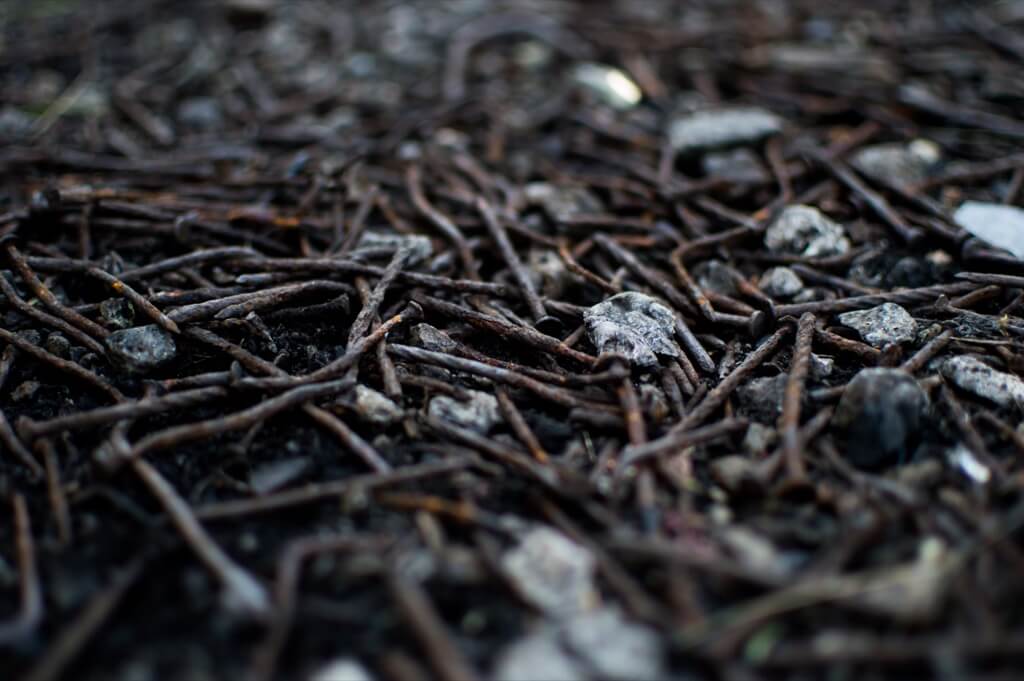In the annals of medical history, one ailment that has long perplexed and terrified humanity is tetanus. Even Hippocrates, the ancient Greek physician, documented a horrific case in 380 B.C.E. A ship’s captain injured his right index finger with an anchor, and within days, he experienced a barrage of terrifying symptoms – foul discharges, tongue issues, locked jaws, and muscle spasms, ultimately leading to his demise.
A Deadly Foe
Tetanus, often referred to as “lockjaw,” annually affects over 200,000 people, claiming the lives of 59,000. Despite its notorious reputation, many are still left wondering: can something as seemingly innocuous as stepping on a rusty nail lead to this dreadful malady? The answer is yes, but the reality is more complex than you might think.
Ancient Origins and Mysterious Symptoms
Tetanus, originating from the Greek word “tetanos,” meaning ‘to stretch,’ is aptly named for the stiffness and agonizing muscle spasms it induces. Early records of tetanus date back to the Ebers Papyrus, an ancient Egyptian medical document from around 1500 B.C.E. These spasms are so severe that they can cause a person’s body to arch uncontrollably, leading to muscle tears and even broken bones. For millennia, the root cause of tetanus remained shrouded in mystery, and various cultures attempted their remedies, from acupuncture to fire-induced sweating.
The Germ Theory Breakthrough
It wasn’t until the late 19th century, with the advent of the Germ Theory of Disease, that the true origin of tetanus was unveiled. Researchers like Antonio Carle and Giorgio Rattone injected rabbits with human tetanus pus, a groundbreaking moment that established the disease as transmissible and likely bacterial. In 1891, Japanese scientist Kitasato Shibasaburo identified the bacterium Clostridium tetani as the culprit behind tetanus.
The Birth of Antitoxin Therapy
This breakthrough also paved the way for antitoxin therapy, a medical marvel. Pioneered by Shibasaburo and Emil von Behring, this therapy involved using antibodies extracted from one animal’s blood serum to heal and prevent tetanus infections in another. This treatment proved incredibly effective and heralded the advent of serum therapy, saving countless lives and earning Emil von Behring the Nobel Prize in Physiology and Medicine in 1901.
Early Antitoxin Challenges
Early commercial antitoxin production involved injecting horses with bacteria to create serum. While it allowed for large-scale production, it came with its downsides. Serum sickness, characterized by rashes and joint discomfort, was one issue. It was Hungarian-American pediatrician Béla Schick who coined the term “allergy” to describe these immune responses. Tragic incidents like the death of children receiving diphtheria serum from a horse named Jim prompted the search for safer alternatives.
A Revolution in Tetanus Vaccination
Enter Gaston Ramon, a French scientist who developed toxoid or anatoxin, a heat-treated variant of tetanus toxin that retained its immune properties but was no longer harmful to humans. This marked a significant step towards safer and more effective tetanus immunization.
Tetanus Today: Immunization and Prevention
In the modern era, tetanus vaccines have become highly effective and widely available. The tetanus toxoid, administered as part of the DTP vaccination in infancy and adolescence, has drastically reduced global tetanus mortality. Booster shots every ten years help maintain protection. The disease now claims only a few dozen lives each year in North America and Europe, primarily among those who remain unvaccinated.
The Myth of Rusty Nails
So, can stepping on a rusty nail truly cause tetanus? While the notion is rooted in reality, the connection is not as straightforward as it seems. It’s not rust itself but the environment in which the nail has been that matters. Whether a nail is rusty or not, it may carry tetanus spores, often found in soil, animal feces, and other sources. The rough, jagged surface of a rusty nail can indeed provide an ideal hiding place for these bacteria. However, the same danger can lurk on clean nails. Even something as seemingly harmless as a minor cut can introduce tetanus spores into the body. Tetanus is not to be underestimated, but with today’s advanced immunization, the risk is greatly diminished.
What to Do if You Step on a Rusty Nail
Assess the Wound and Cleanse Thoroughly
If you find yourself stepping on a rusty nail, the first step is to assess the wound. Check for any signs of debris or rust particles that might remain in the puncture. Use clean water and mild soap to cleanse the area thoroughly. Vigorous but gentle scrubbing can help remove any dirt or foreign objects that may have entered the wound.
Consult a Healthcare Professional Promptly
After cleaning the wound, it’s crucial to seek medical advice immediately. Regardless of whether you have received a tetanus vaccine in the past, medical evaluation is essential to determine the risk of tetanus infection. Your healthcare provider can assess the wound and recommend appropriate steps to prevent any potential complications.
Understand the Tetanus Vaccination Status
Knowing your tetanus vaccination history is crucial in this situation. If you’ve had the necessary vaccinations within the recommended timeframe, the risk of tetanus is significantly reduced. However, if it has been more than ten years since your last tetanus shot, a booster may be required. Your healthcare provider can guide whether a tetanus booster is necessary.
Monitor for Signs of Infection and Tetanus Symptoms
In the days following the injury, closely monitor the wound for any signs of infection, such as increased redness, swelling, warmth, or discharge. Additionally, watch for any symptoms that might indicate tetanus, including jaw stiffness, muscle spasms, and difficulty swallowing. If you notice any of these symptoms, seek immediate medical attention.
Precautionary Measures for Future Incidents
To minimize the risk of tetanus or other infections from similar incidents in the future, take preventive measures. Wear appropriate footwear, especially in outdoor environments where rusty nails or other sharp objects might be present. Stay vigilant and cautious when working with tools, construction materials, or in any environment where puncture wounds are a possibility.
Stay Calm and Informed
Remember that prompt action and informed decision-making are crucial in handling any wound, including those caused by rusty nails. By staying calm and seeking medical advice, you can effectively manage the situation and minimize the risks associated with tetanus and other potential infections.




